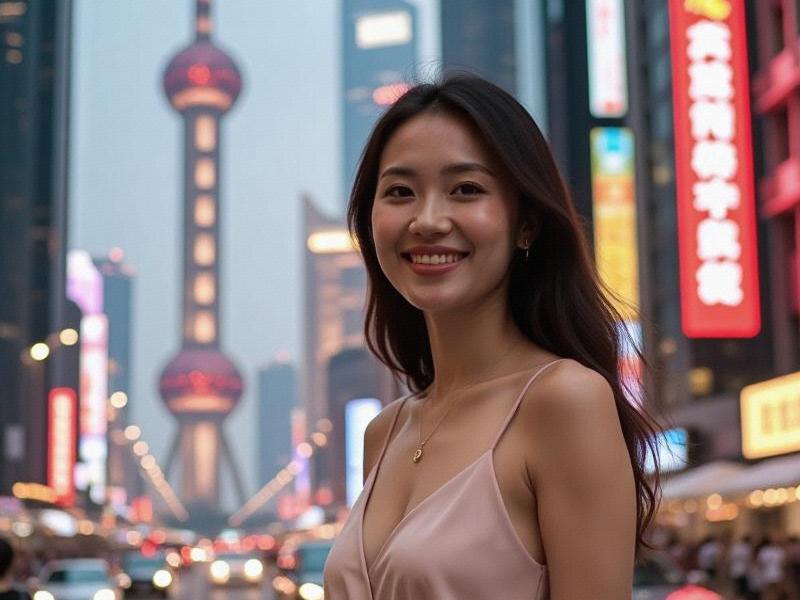This investigative feature explores how Shanghai's women have become global icons of modern femininity, blending professional ambition with cultural sophistication in China's most cosmopolitan city.

PART I: THE SHANGHAI WOMAN ARCHETYPE
1.1 Professional Powerhouses:
- 38% of senior executives in Shanghai are female (national average: 22%)
- Women-led startups receive 42% of venture capital funding
- Average salary gap narrows to 8.7% (vs 18.3% nationally)
1.2 Education & Achievement:
- 64% hold bachelor's degrees or higher
- 7 out of 10 patent applications include female inventors
- 82% speak at least two languages fluently
PART II: CULTURAL INFLUENCERS
2.1 Fashion & Lifestyle Trends:
上海龙凤419手机 - Originators of "New Oriental Chic" fashion movement
- Average spends ¥18,700 annually on self-improvement
- 73% maintain active WeChat blogs about urban living
2.2 Social Impact:
- Lead 58% of Shanghai's cultural initiatives
- Founders of 83% of the city's social enterprises
- Key drivers of sustainable consumption trends
PART III: BALANCING TRADITION & MODERNITY
3.1 Family Dynamics:
- Average marriage age rises to 31.2 years
- 62% report shared household responsibilities
上海龙凤419会所 - Innovative co-parenting communities emerging
3.2 Cultural Preservation:
- 78% actively practice traditional arts
- 56% teach children Shanghainese dialect
- Revival of qipao in contemporary designs
PART IV: GLOBAL RECOGNITION
4.1 International Influence:
- 12 Shanghai women on Forbes' Power Women list
- Lead 41% of China's cultural exchange programs
- Most followed Asian female influencers on social media
上海贵人论坛 4.2 Challenges:
- Work-life balance pressures
- Aging population concerns
- Maintaining cultural authenticity
CONCLUSION: THE SHANGHAI MODEL
Shanghai women represent a unique synthesis of:
1. Eastern values and global perspectives
2. Professional success and cultural depth
3. Individual ambition and social responsibility
Their evolving identity offers a compelling alternative to Western feminist narratives while reshaping global perceptions of Chinese femininity.